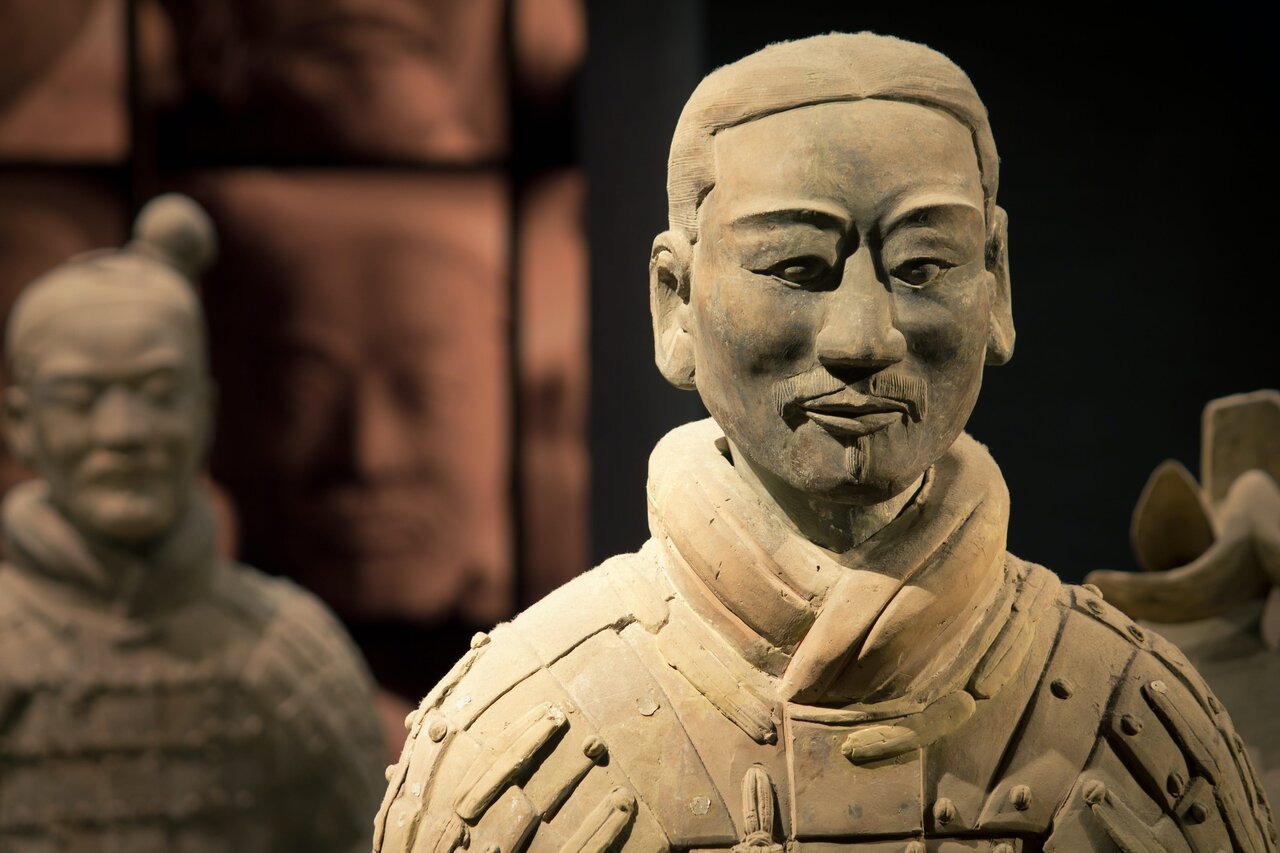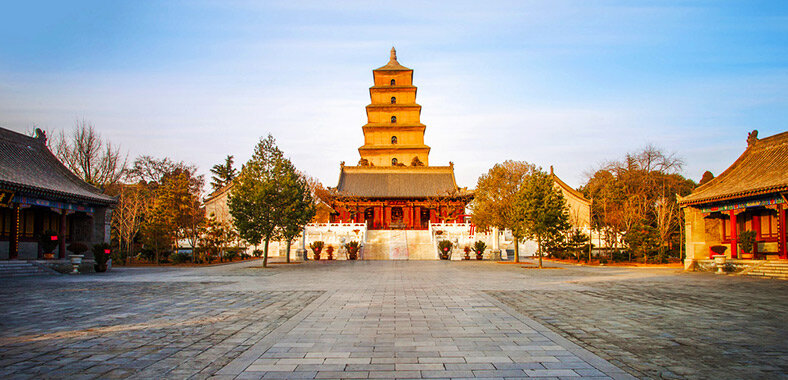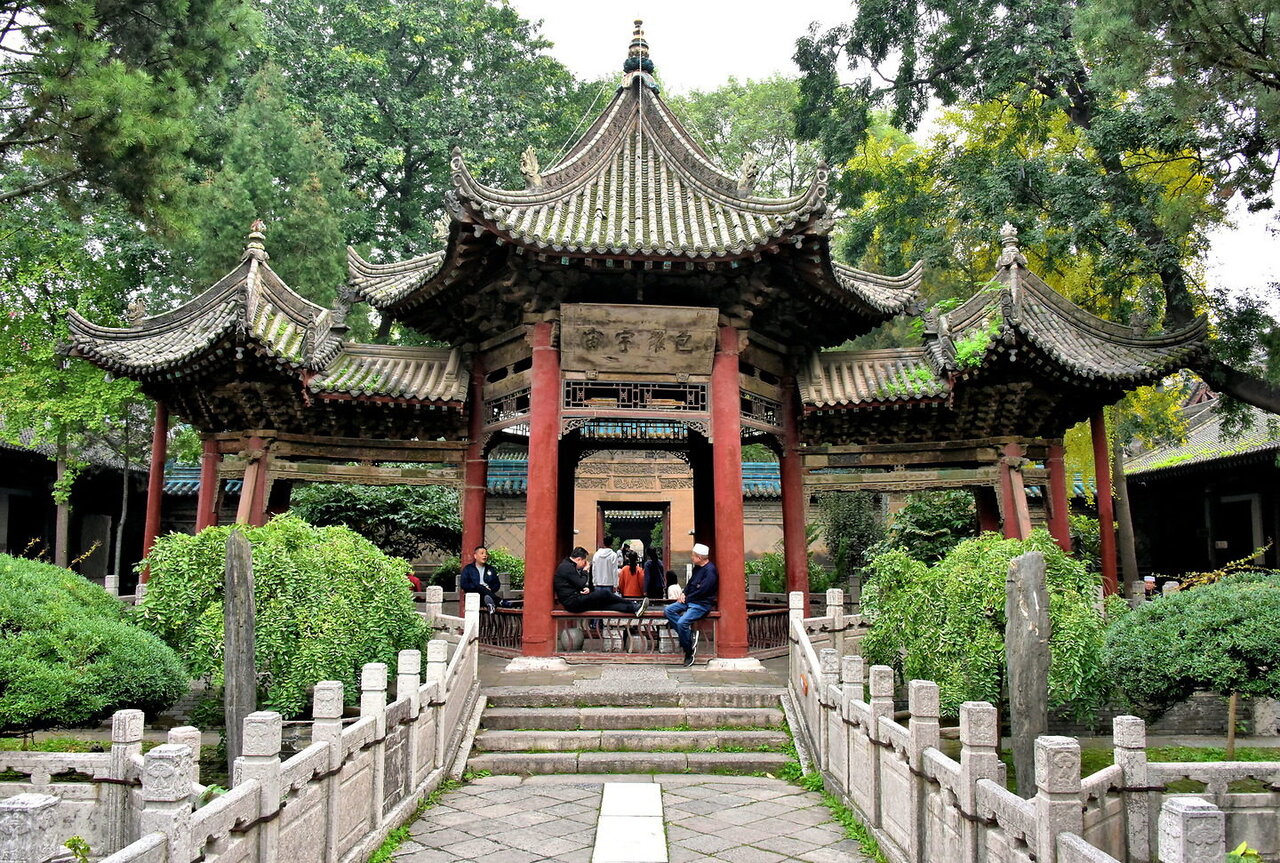Iran (IMNA) - Xi'an is one of the oldest cities in China with about 3,000 years of history. The abundance of historically important relics and cultural heritage makes Xi'an one of the top historical destinations in the world and perhaps the best place to witness China's ancient history. Here, we have listed top historical attractions to visit in Iran's Isfahan sister city.
Army of Terracotta Warriors
The Terracotta Army isn't just Xi'an's premier sight: it's one of the most famous archaeological finds in the world. This subterranean life-size army of thousands has silently stood guard over the soul of China's first unifier for more than two millennia. Either Qin Shi Huang was terrified of the vanquished spirits awaiting him in the afterlife or, as most archaeologists believe, he expected his rule to continue in death as it had in life. Whatever the case, the guardians of his tomb – who date from the 3rd century BC – today offer some of the greatest insights we have into the world of ancient China.

Xi'an City Walls
Xi'an is one of the few cities in China where the imposing old city walls still stand. Built in 1370 during the Ming dynasty, the magnificent 12m-high walls are surrounded by a dry moat and form a rectangle with a perimeter of 14km. Most sections have been restored or rebuilt, and it is possible to walk the walls in their entirety in a leisurely four hours (or around two hours by bike, or at a slow jog).

Big Goose Pagoda
This seven-storey pagoda, Xi'an’s most famous landmark, 4km southeast of the South Gate and formerly within the old (and huge) Tang dynasty city wall, dominates the surrounding modern buildings. One of China’s best examples of a Tang-style pagoda (squarish rather than round), it was completed in AD 652 to house Buddhist sutras brought back from India by the monk Xuan Zang. His travels inspired one of the best-known works of Chinese literature, Journey to the West.

Tomb of Emperor Jingdi
This tomb, also referred to as the Han Jing Mausoleum, Liu Qi Mausoleum and Yangling Mausoleum, is the burial place of the Han-dynasty emperor Jingdi (188–141 BC) and is quite possibly Xi'an’s most underrated highlight. If you only have time for two sights outside Xi'an, make it the Army of Terracotta Warriors and this impressive museum and tomb. Unlike the warriors, though, it's not inundated with visitors so you'll have elbow room to fully appreciate what you’re seeing.

Great Mosque
Bigger than many temples in China, the Great Mosque is a gorgeous blend of Chinese and Islamic architecture and one of the most fascinating sacred sites in the land. The present buildings are mostly Ming and Qing, though the mosque was founded in the 8th century. Arab influences extend from the central minaret (cleverly disguised as a stumpy pagoda) to the enormous turquoise-roofed Prayer Hall (not open to visitors) at the back of the complex, dating from the Ming dynasty.

Lonely planet


Your Comment